Flat Tire Story
Back in 2009 I had two flats, both at highway speeds and both due to using dry-rotted innertubes. Luckily no crash resulted. All because of my own negligence and ignorance. Somewhere along the way I’d forgotten that one should always put a new tube in when installing a new tire. In hindsight I don’t know what I could have been thinking. For many years I replaced a worn-out tire on this bike about twice a year, and not the tube. How did I manage to forget or un-learn this?
Today I had a flat tire on my motorcycle. The first in more than ten years. I was traveling southbound on US 53, just north of Wascott. This road is now fully four lane divided with a 65 mph speed limit and that’s about the speed I was going. Sunny and nice. Light traffic. Mid-afternoon.
At first the bike started to steer funny. It was subtle — as if I was riding on a worn-out road with depressions where heavy traffic had thinned the pavement. The highway looked perfectly flat so I moved over toward the center of the lane to see if it was my bike or the road. A flat tire was the very last thing on my mind.
Hmmm. Bike still wiggly. I looked again extra carefully at the road surface. Still looked pool table flat, so I slowed down to about forty five and it seemed to go away. When I sped back up the wiggles came right back as if the frame, swing arm or a wheel had somehow broken, so I slowed back down to about 30 and started riding on the foot-wide paved shoulder. In about two blocks there was a little gravel side road and I took it. Ten feet in I stopped and looked down. The rear tire was nearly flat. I slowly and carefully rode another twenty feet to a nice spot on the side of this gravel road and now the tire was fully flat.
The next stuff was routine but it had been a long time since I’d done most of it: Switch bike off. Get off bike and hoist it onto center stand, harder than usual because the bike was now 4" lower. Gloves off. Helmet off. Jacket off. A nice pile on the grass. Saddle off. Tools out. Wheel off. Spare inner tube out. Tire irons out. Tire off rim on one side. Tube out. No apparent flaws. No nails in tire. Just a giant tear in the tube maybe a foot long. 30 minutes elapsed, but I’m not hurrying. Just keeping track. It’s a warm, sunny perfect day.
Spare tube in. Tire back on rim. Dig clearance hole in sandy dirt beneath where the tire will go and slide the wheel onto the hub. Bolt on loosely. Get out engine inflator - a hose that goes from one spark plug hole to the tube’s Schrader valve. (You start the engine, which runs fine on only the other cylinder, and in a minute the tire is full.)
Except the attachment that screws into the spark plug hole is ruined. Twelve years rattling around in the bag on the rear fender have removed it’s threads. There is no way it will work. Plan ‘B’ is an old bicycle tire pump zip-tied to the rear frame, hidden beneath the saddle. It doesn’t work either. I fiddle around with it for fifteen minutes but the rubber ‘o’ ring seal that goes on the tube’s valve stem was all dried out and would not make a seal.
Now it’s back to the thing that works off the spark plug hole. I wrap duct tape a couple of layers thick around the worn-threadless end and connect the other end loosely onto the tube - twisting it only a single turn and then I put on my riding gloves. Ready. Feel slightly like Mr. Spock working on the dilithium injector alignment trying to save the Enterprise. Key on, start the bike. Chuff! Chuff! Chuff! strong blasts the air out the open spark plug hole. I’d forgotten.
The bike idles good enough on one cylinder. With my left gloved hand I force the duct-tape-gasketed pump device as hard as I can against the spark plug hole while with my right hand I’m screwing the other end onto the tire valve stem. It works! 34 psi and two or three minutes later I have done what felt like the impossible. Boy that little chuff-chuff inflator gets hot really quick. Even with a glove, it was hot-potato-drop-it as soon as I unscrewed the other end from the valve stem. Now I can bolt the wheel back up tight, put away the torn tube and tools and I’m off, gingerly at first. An hour twenty, start to finish.
“Luckily no crash resulted. All because of my own negligence and ignorance.”
Midway through this job, but as I was levering the tire’s bead off the rim, a Subaru Forester passed heading into the adjacent northern Wisconsin forest. (Forest? Forester?). That was the only vehicle passing on this little dirt road the entire time. I could see and hear traffic on the nearby divided four lane Hwy 53 whooshing past. The Subaru went about forty feet past me and then I hear gear whine as it reverses, so I stopped levering and looked up.
An old thinnish, long-bearded man was driving and as they got next to me his wife was looking downward out her just-lowered window. I was on my knees by the tire, looking up at her. “Need any help?” the old country hippie-ish looking guy asked. “No, I think I’ll be ok.” I replied. Steady eye-to-eye contact. Pause. Then we smiled at each other and nodded very slightly. A moment of bilateral reflection, then they drove off to their presumably reclusive homestead hidden somewhere farther into the deep northern woods. My guess is he plays a fiddle or guitar and every fall she cans produce from their garden.
I rode the rest of the way to my destination without incident and enjoyed a nice dinner with some friends. After I got home at about 9 PM I took the tools out of the fender bag and removed the rear wheel again and let the air out and then reflated the tire to make sure the earlier-replaced tube was straight inside. I also got out a new spare tube and left it on the saddle, ready for it’s place inside the back fender bag. Tomorrow after work I’ll replace the ‘plan B’ bicycle pump and the threadless ‘chuff’ thing with new, and probably will also the tube repair glue and patches. The old tube went into the garbage. I bet it had been taken out, inspected and put back in ten or twelve times as I’d changed tires over the years. Never changed that tube. What a dummy.
“I can’t be having a flat again — I just had one.”
While fixing that tire I never took out my mobile phone to check if there was a signal. And when I reached my destination, a lake home a few miles farther down US 53, I was really glad I’d not needed to ask anyone for a rescue. Happiness is, among other things, the ability to successfully fix a flat tire on motorcycle out in the middle of nowhere. It had been a long time.
The lesson was simple: Twelve-year-old inner tubes are neither reliable or safe. They wear out from age just like the tires do from wear, even if they don’t show anything visually like a tire does. This tire repair happened on a Sunday and the following Thursday I’m riding down Interstate 35, heading to Minneapolis at five at seventy five miles an hour. About five miles north of Hinckley the back tire goes flat again. This time I instantly know what is happening and just ride along for half a minute in disbelief, thinking “I can’t be having a flat again — I just had one.”
This time there’s no nice quiet gravel side road available, just a sorta steeply sloping mowed shoulder. Freeway traffic is much more intense, too. I am traveling with another rider, and get the bike pulled over safely, but with the suddenly flat tire the bike won’t go onto it’s side stand so I’m holding it up and directing my friend down into the steeply sloping ditch to see if the ground down there is wet, dry, hard or soft. He finds a semi-dry, semi-firmer place about five feet from a semi-wetter semi squishier place and I roll the bike diagonally down the shoulder, stopping right were the mowing ends and the tall grass begins. At least I’m not going to be inches from the continuous high speed Interstate highway traffic.
This time the tire change goes much faster, just fifteen minutes start to finish. Right before leaving Duluth I’d packed a fresh new inner tube, a new replacement ‘chuff chuff’ device (it’s spark plug threads protectively taped) and a new bicycle tire pump. I’d picked these up on Tuesday and Wednesday and had rushed to pack them as I was getting ready to leave on this ride.
The new ‘chuff chuff’ thing worked fantastically well. What a breeze. The other rider was impressed, and so were another motorcycling couple who’d stopped to see if we’d needed help. They were from Texas, heading home aboard a newer BMW, and I was smiling as I worked because I knew I was giving this little audience a lesson on how to manage a quick flat tire repair on the side of a road. And was doing everything so easily it looked as if I’d just been practicing the moves.
As I pulled the still-warm four-day-earlier-replaced ‘spare’ tube from inside the tire it literally came apart in my hands. It tore in almost every direction, as if it were paper. During the years it had been packed inside the little bag strapped on the rear fender it had completely dry-rotted just like the tube that failed inside the rear tire four days earlier. What a dope. From now on, I’ll know better. I’ll become an inner-tube-fanatic, always changing tubes whenever I change tires. No exceptions.
This whole experience had me thinking about the knowledge-base which underlies this tire/tube changing skill set. It’s a near-obsolete collection of information about task sequencing, physical manipulation and material science, and performing before these other riders it all felt like I was the operator of a steam locomotive or some other type of archaic technology more than a character in a Star Trek movie. Nowadays car and motorbike mobility involves so little of this kind of knowledge. Vehicles don’t come with tools or inner tubes. Many tires are ‘run flat’ so there’s not even a spare. New motorcycles use cast wheels and tubeless tires, so inner tubes are only necessary with old-fashioned spoked wheels.
When tubeless motorcycle tires go flat it’s usually due to a nail in the tread, and they usually deflate slowly enough that there’s plenty of time to find a safe place to pull over and stop. Today’s roadside tubeless tire remedy doesn’t involve removing a wheel and levering a tire from a rim. A simple pliers is used to pull out the offending nail and then a reaming tool is used to clean out the hole and another reaming tool is used to jam an adhesive-coated plug into the hole. The insertion tool is then removed and the plug’s still protruding rubber is cut away flush with the tread. A small electric air compressor is connected to the battery and the tire is reflated. Much less fiddling around. Times change.
What's your flat tire story? Be sure to leave a comment below.
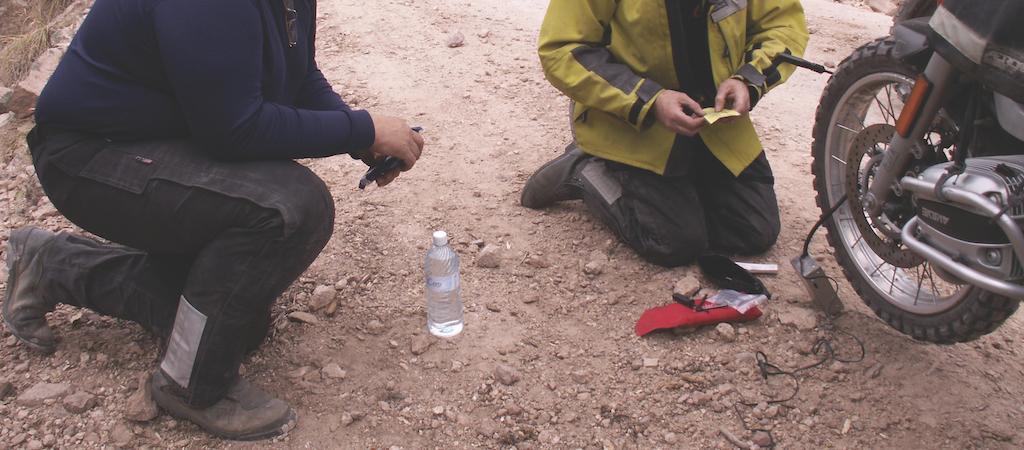
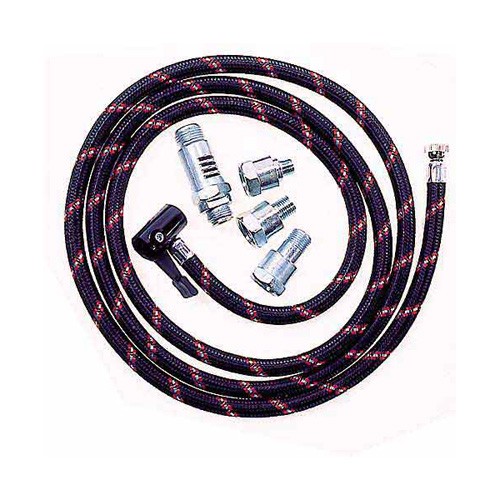
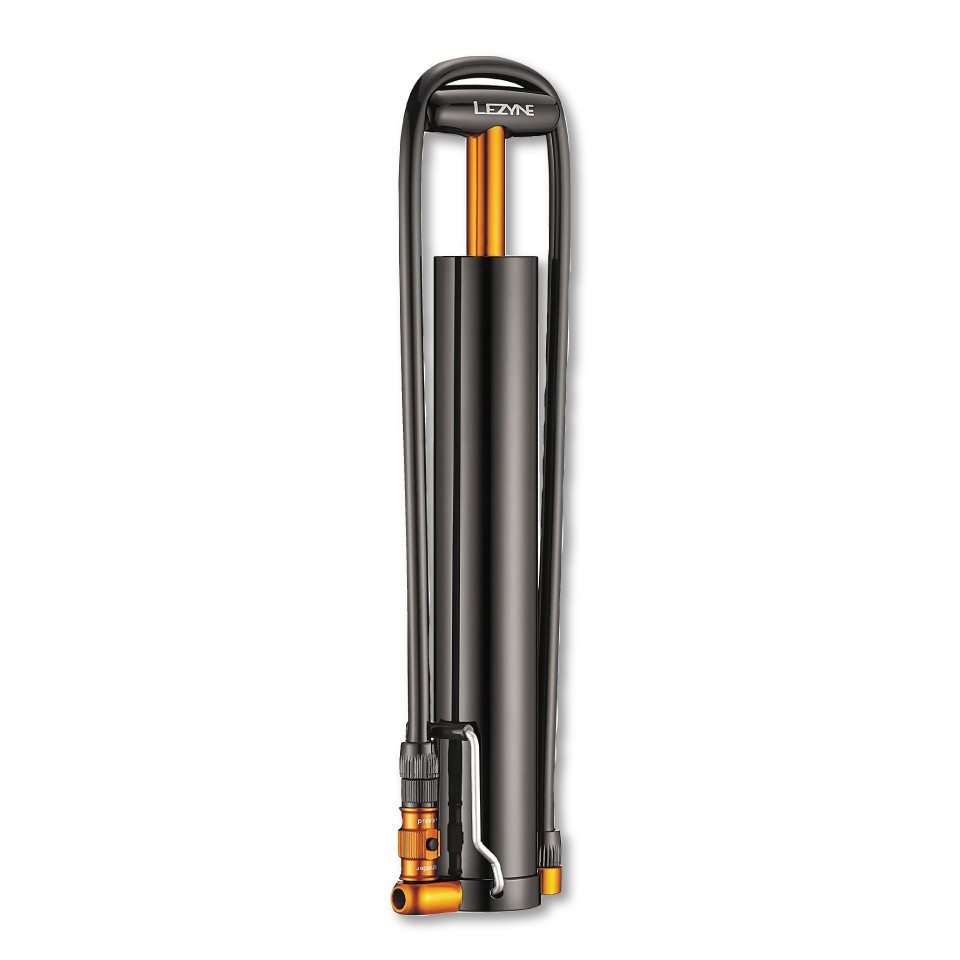
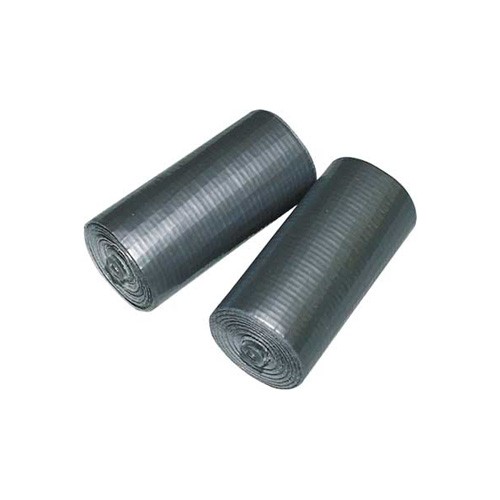
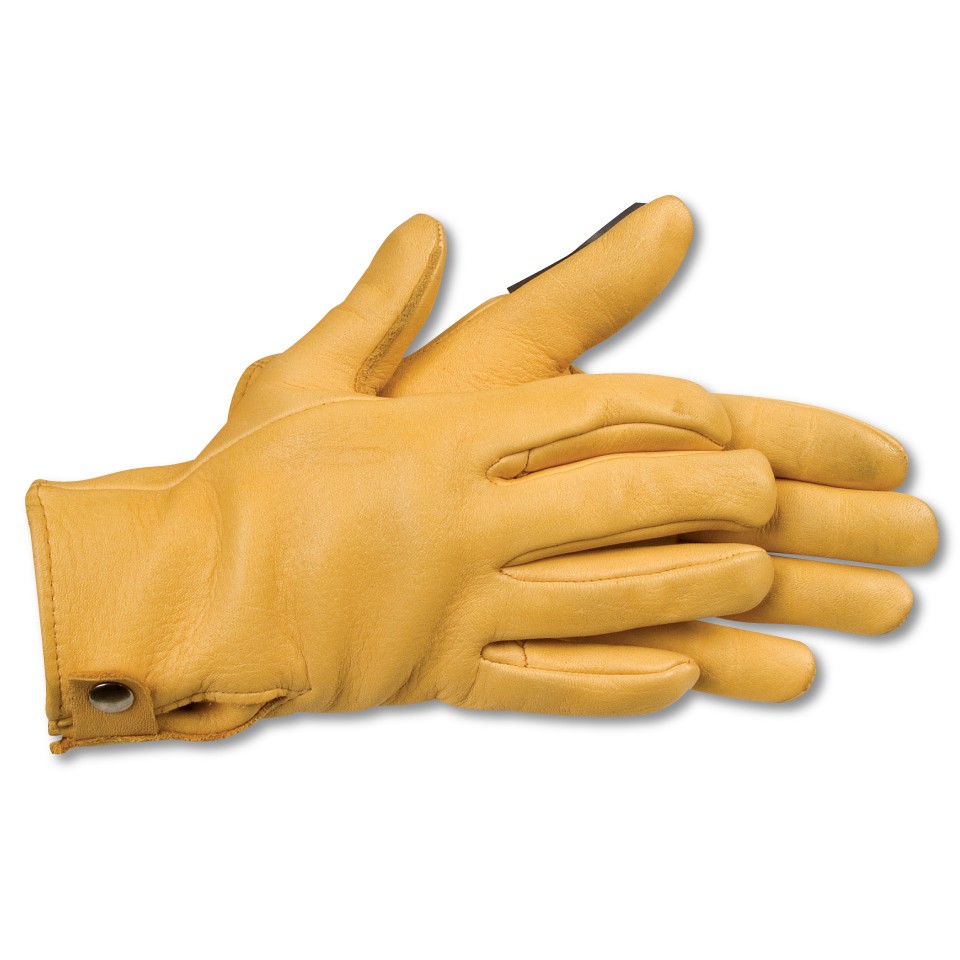
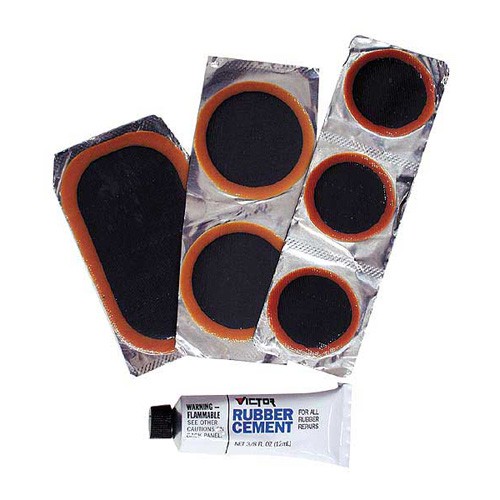
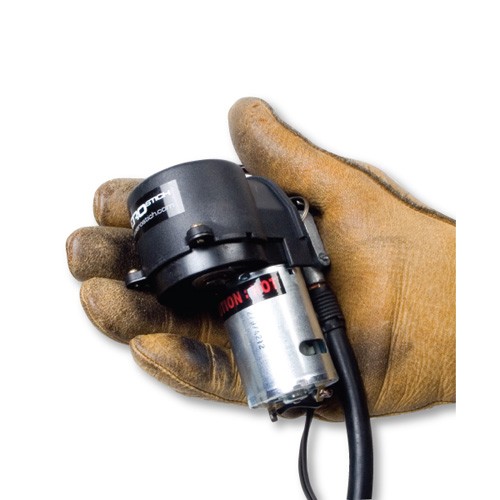
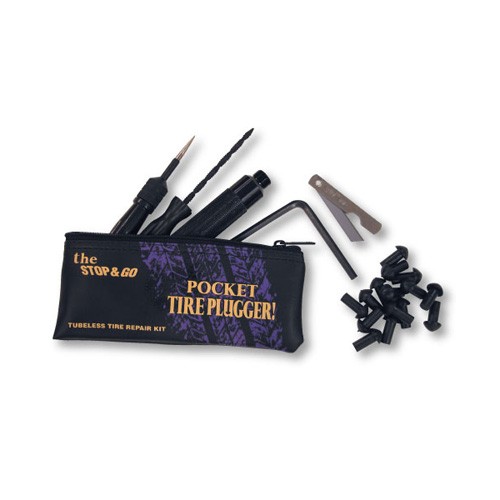
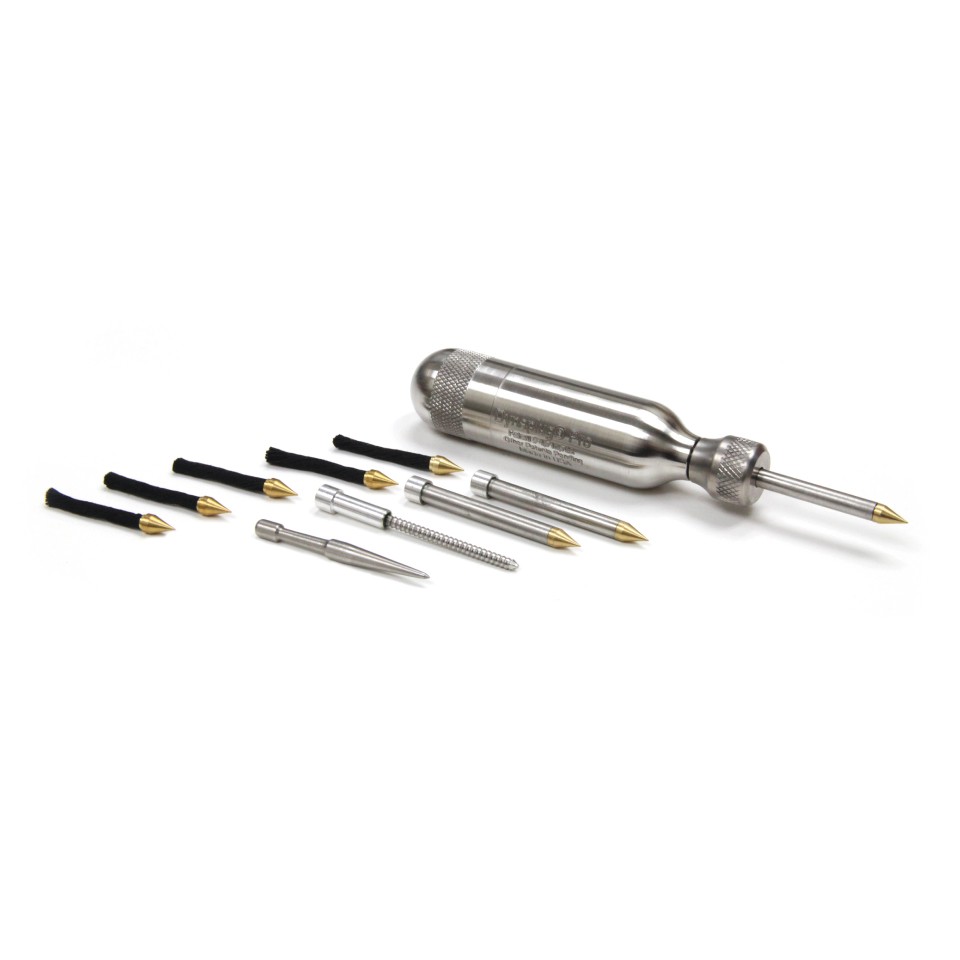
Would you consider writing about stuff you carry on your bikes all the time and how to pack it? I struggle with where to put the tire irons, spare tube (1 or 2), pumps, patch kit etc on smaller bikes. If you are riding your XR650 do you carry the same items as on a larger bike? Is this gear always with the bike, so you have it for commutiing and in town errands on only on longer trips?
Most (if not all?) rubber products are given a life-span of 5 ~ 7 years by the manufacturer. Oxidation / gassing / etc. are a reality.
Having been a parts person for a major US car manufacturer, rubber parts kept in-stock are cycled frequently — hence, increased cost (if adhered to…).
regards,
Joe
The failure, of a fairly new tube, turned out to be a manufacturing defect that created a hole in the side where the long piece of rubber tubing is apparently butt-joined to itself to create the donut. I never knew tubes were made this way; somehow I always assumed they were blown as a single piece, like a pop bottle. Apparently not. Live and learn.
As for why I carry no tire tools… I’ve been riding for over 40 years and a half-million miles now, but I have never mastered the art of getting a tire off and on a rim. Small bikes, large bikes, doesn’t matter. I study those guys on YouTube who can pull a Heidenau Scout off the back of a GS in thirty seconds; I used to know a guy who could spoon the big, stiff D402 off my Harley’s back wheel in about that long, but me… even with a floor-mounted tire-changing machine in the garage, R&R-ing even a radial on my old Buell was guaranteed to be an hour of sweating and cussing. Don’t even think about changing a tire with irons. Eventually I gave the floor-mounted tire changing machine away.
I’ll do plug-type repairs on tubeless tires, but I’ve more or less accepted that I lack the gene for tire changing. That’s one of the reasons the KLR was replaced by a GS, and a reason why (despite the fact that I absolutely love the concept of the bike) I’ll probably never buy a Himalayan…
1) buy and keep with you several “Bead Buddy” type bead holders
2) Find a way to keep at least three 10″ or longer tire spoons/irons with you
3) the talcum powder you have with you for personal use is a good tire lube in a pinch
4) patch tubes as a last resort, fresh tubes are best.
5) always have a manual tire pump as a back up to electrical/engine driven.
6) new tires and tubes are a good occasion to do a test drive of your tire change skills.
repair items we carry on the road. Regarding tubeless tires
always replace your valve stems when changing tires.
If you keep your bike outside ( even covered) valve stems can crack from UV exposure and you will not be able to make a roadside repair. I always assumed shops replaced them,
The shop I was taking my wheels to said they only replaced
if a customer requested. I learned the hard way getting a flat rear 50 miles from the nearest town with a cracked valve
stem. It took a while to figure out where the leak was at, several riders stopped to help but no one had a valve stem
and JB weld wouldnt help it after 2 hours drying.
It was a long tow back to civilazation that day!